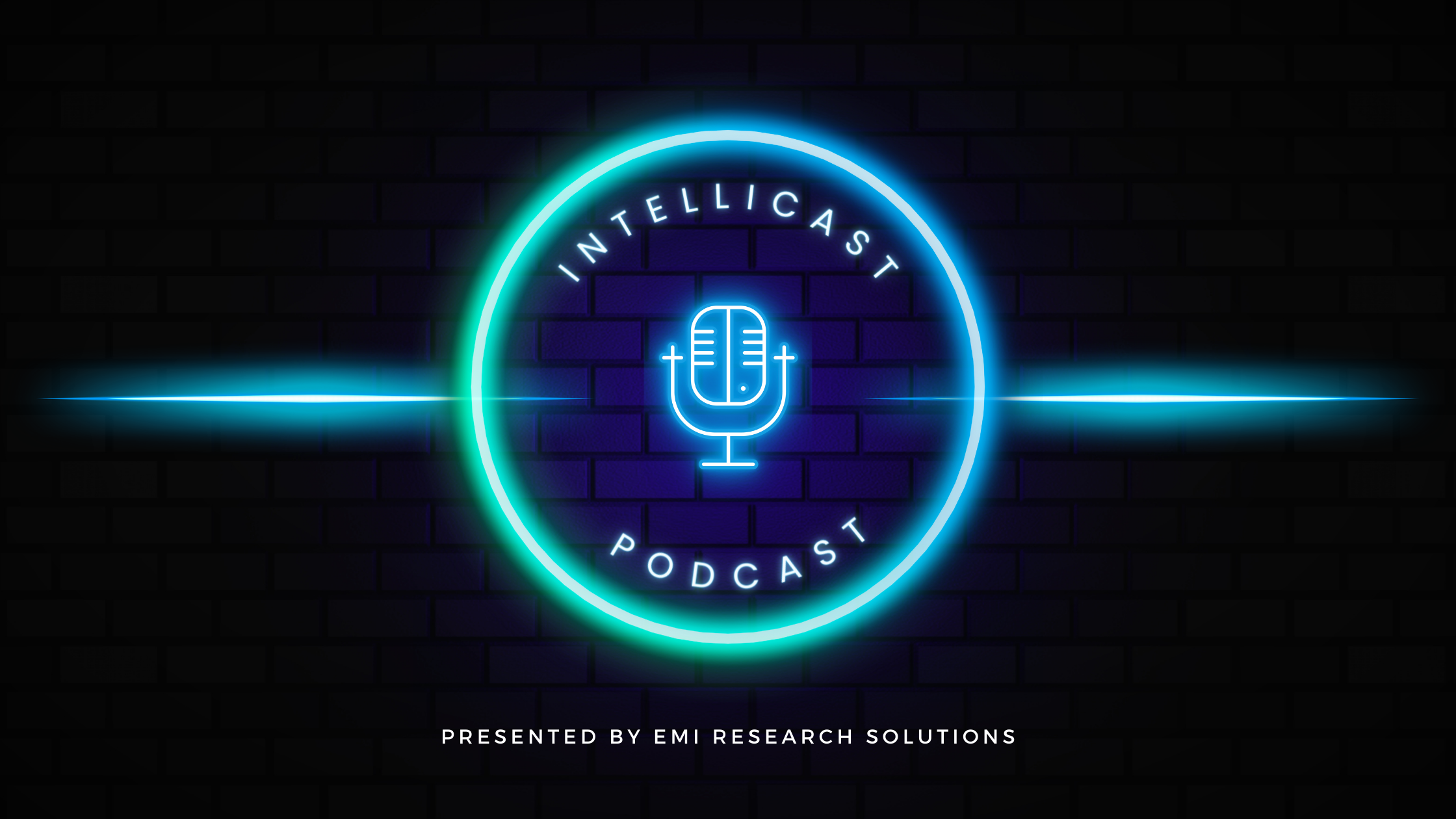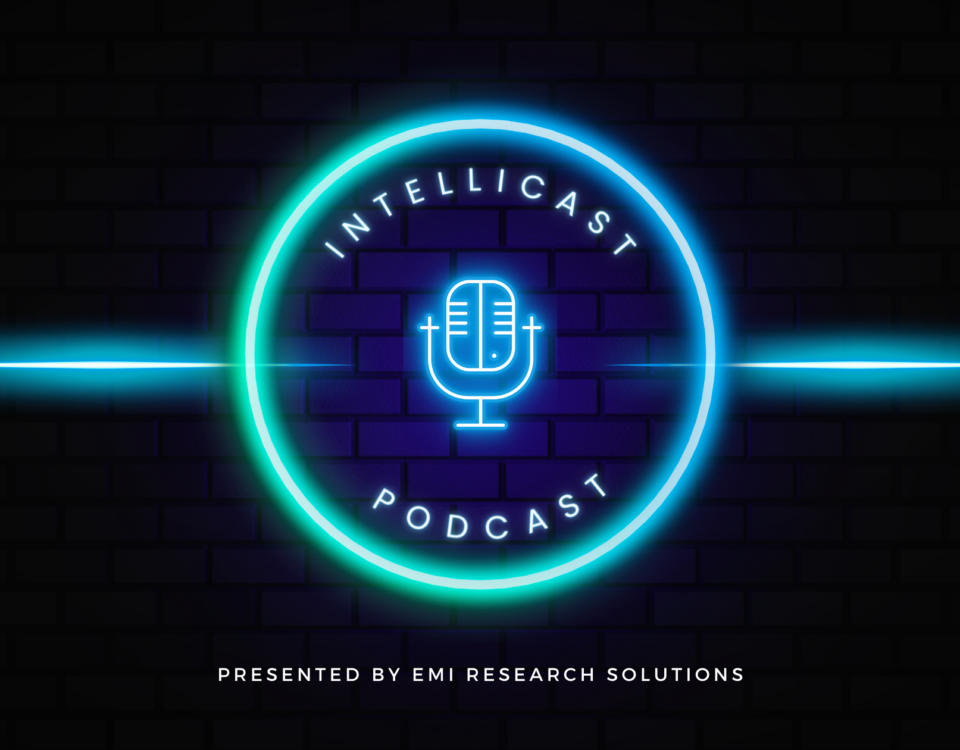
Fall Conference Season and a Potential Privacy Turning Point
August 12, 2025
Is your survey research data reliable? 10 Warning Signs You can’t Afford to Ignore
August 15, 2025Unreliable data is believed to cost businesses an estimated $15 million annually, manifesting in failed product launches, misaligned marketing campaigns, and misunderstood customer needs. Flawed panel sampling, biased survey designs, and compromised data collection methods can transform what should be strategic insights into expensive missteps. In an era where businesses stake their future on data-driven decisions, understanding and ensuring data reliability has become more than a technical consideration — it’s a fundamental aspect of business that directly impacts your bottom line.
The Concept of Data Reliability
Defining Data Reliability
Data reliability refers to the consistency and stability of data over time and across different collection methods and sources. It represents the degree to which data produces stable and consistent results when repeated measurements are taken under identical conditions. In market research and business analytics, reliable data provides a foundation for meaningful insights and confident decision-making, ensuring that the conclusions drawn today remain valid and applicable tomorrow.
The Importance of Data Reliability for Businesses
When organizations base their strategic decisions on reliable data, they can move forward with confidence, knowing their choices are supported by accurate information. Unreliable data, conversely, can lead to misguided strategies, wasted resources, and potentially millions of dollars in losses. For instance, market research initiatives based on unreliable data might result in product launches that miss their target audience or marketing campaigns that fail to resonate with intended consumers.
The Connection Between Data Reliability and Data Quality
While often used interchangeably, data reliability and data quality are distinct yet interconnected concepts. Data quality encompasses the overall accuracy, completeness, and relevance of data, focusing on whether the data is fit for its intended purpose. Data reliability, however, specifically concerns the consistency and reproducibility of the data across different contexts and time periods.
These concepts work in tandem — high-quality data must be reliable to maintain its value, and reliable data contributes to overall data quality. For example, in market research, a high-quality survey must not only ask the right questions (quality) but also produce consistent results when administered to similar populations under similar conditions (reliability).
Effective data quality management requires organizations to consider both reliability and quality metrics in their assessment frameworks. While quality focuses on accuracy and relevance, reliability ensures that these quality standards remain consistent over time.
Learn more: What is data quality management?
How Do You Measure Data Reliability?
Measuring data reliability involves several methodological approaches and statistical techniques. Test-retest reliability measures the consistency of data over time, while inter-rater reliability (IRR) assesses consistency across different observers or data collectors. Internal consistency reliability evaluates the coherence of data within a single collection period. These measurements provide quantifiable metrics that help organizations assess the trustworthiness of their data and the insights derived from it.
Factors Influencing Data Reliability
Data Collection Methods
The methods used to collect data significantly impact its reliability. Robust data collection processes incorporate standardized procedures, well-designed instruments, and proper quality controls. Whether gathering survey responses, conducting interviews, or collecting behavioral data, the methodology must be consistent and reproducible to ensure reliability. Organizations must carefully consider sampling techniques, question design, and data capture methods to maintain high reliability standards.
Data Consistency Over Time and Across Sources
Maintaining data consistency presents a significant challenge, particularly when dealing with multiple data sources or longitudinal studies. Data must remain stable across different time periods and when collected from various channels or platforms. This consistency becomes especially important in market research, where tracking studies and trend analyses depend on comparable data points over extended periods.
Learn more: What is data consistency?
The Role of Bias in Data Reliability
Bias can significantly undermine data reliability, introducing systematic errors that skew results and lead to incorrect conclusions. Sources of bias include:
- Sample selection bias – Occurs when certain groups are overrepresented or underrepresented in your sample compared to the target population. For example, if an online survey only reaches tech-savvy consumers, it may miss crucial insights from less digitally engaged demographics, leading to skewed results.
- Response bias – Occurs when participants modify their answers based on various factors, such as social desirability, question wording, or the survey environment. This could include respondents choosing answers they think are “correct” rather than truthful or rushing through surveys without careful consideration of their responses.
- Panel bias – Results from relying too heavily on a single survey panel or source, which may have inherent characteristics or behaviors that don’t represent the broader population. Each panel has unique recruitment methods, incentive structures, and demographic compositions that can impact response patterns and data reliability.
Understanding and actively managing these potential biases is crucial for maintaining data reliability. This requires implementing proper controls, using strategic sampling methods, and regularly evaluating data collection processes for potential sources of bias.
How to Ensure Your Data Is Reliable
Data Governance
Implementing robust data governance frameworks provides the foundation for reliability across your entire data stack, from collection to analysis. This comprehensive approach ensures that reliability is maintained throughout all data systems and processes, not just at individual touchpoints.
This includes establishing clear policies and procedures for data management, collection, and analysis. Effective data governance ensures consistency in data handling practices across an organization while maintaining appropriate security and compliance measures. It also involves defining roles and responsibilities for data stewardship and creating accountability for data quality and reliability.
Data Verification Techniques
Verification techniques serve as the first line of defense in ensuring data reliability. These include automated checks for data completeness, format consistency, and logical validation. Advanced verification methods might incorporate digital fingerprinting, bot detection, and fraud prevention tools to maintain data integrity. Regular audits and quality assessments help identify potential issues before they impact analysis and decision-making.
Data Validation Techniques
Validation goes beyond basic verification to ensure data accurately represents the intended measurements or observations. This involves both technical validation (ensuring data meets specified formats and rules) and logical validation (confirming data makes sense within its context). Validation techniques might include cross-referencing data points, conducting statistical analyses for outlier detection, and performing consistency checks across related data sets.
Data teams must collaborate closely to implement effective validation processes, ensuring that both technical and domain experts contribute to the validation framework. This cross-functional approach helps ensure that data meets technical specifications while effectively serving business needs.
Data Cleaning and Transformation Techniques
Even with robust collection methods, data often requires cleaning and transformation to maintain reliability. This process involves identifying and handling missing values, removing duplicates, standardizing formats, and correcting errors. Advanced transformation techniques might include normalization, aggregation, or data enrichment to enhance reliability while preserving the underlying information value.
In market research, these techniques might involve standardizing responses across different survey platforms, normalizing rating scales to account for cultural response patterns, or enriching demographic data to ensure consistent categorization across multiple studies. The key is to implement these cleaning procedures systematically while maintaining careful documentation of all transformations to ensure the process itself remains reliable and reproducible.
Learn how a data quality consulting partner can help you implement and optimize these solutions for your company’s unique needs.
Possible Threats to Data Reliability and Mitigation Strategies
Common Risks to Data Reliability
Several factors can threaten data reliability, ranging from fundamental methodological issues to sophisticated technological threats. Understanding these threats helps businesses develop effective mitigation strategies and maintain data integrity. The evolution of online research and data collection has introduced new vulnerabilities that organizations must actively address to ensure their data remains reliable.
Key threats include:
- Poor survey design and implementation, including ambiguous questions, leading prompts, and insufficient response options
- Inadequate sample sizes and improper sampling methodologies that fail to represent the target population
- Technological failures, including system outages, data corruption, and synchronization issues
- Human error in data entry, coding, and analysis processes
- Fraudulent responses and professional survey takers who can skew results
- Sophisticated bot activity that can flood surveys with artificial responses
- Data degradation over time due to poor storage practices or outdated systems
- Inconsistent data collection protocols across different time periods or locations
Strategies for Overcoming Data Reliability Challenges
Addressing reliability challenges requires a comprehensive, multi-faceted approach that combines technological solutions with human expertise. Modern research organizations must develop sophisticated strategies that evolve alongside new threats to data reliability. Regular monitoring and assessment of data quality metrics help identify potential issues early, allowing for prompt corrective action. Implementing preventive measures while maintaining the flexibility to respond to emerging challenges is critical.
These strategies help ensure data reliability:
- Implementing rigorous quality control measures at every stage of the data lifecycle
- Using strategic sample blending techniques to reduce bias and increase representation
- Conducting regular training and education programs for team members involved in data collection and analysis
- Establishing clear documentation processes for all data handling procedures
- Implementing automated validation checks and quality assurance protocols
- Developing comprehensive data governance frameworks
- Regular auditing of data collection and processing procedures
- Creating feedback loops to continuously improve data reliability measures
The Importance of Technology in Managing Data Reliability
Modern technology offers powerful tools for managing data reliability, transforming how organizations approach data quality assurance. Advanced platforms can automate quality checks, implement real-time validation, and provide comprehensive monitoring of data quality metrics.
Machine learning algorithms can detect patterns and anomalies that might indicate reliability issues, while specialized software can track data lineage and ensure consistency across different systems and processes. The integration of artificial intelligence and advanced analytics has revolutionized how we identify and address potential reliability issues before they impact research outcomes.
Cloud-based solutions have enhanced our ability to maintain consistent data quality across distributed research teams and multiple data sources. Additionally, emerging blockchain technologies offer new possibilities for ensuring data integrity and traceability throughout the research process.
How EMI Helps Improve Your Data Reliability
EMI Research Solutions stands at the forefront of ensuring data reliability through our comprehensive approach to quality assurance and strategic sample blending. Our proprietary Quality Optimization Rating system, combined with our SWIFT platform, provides unparalleled visibility into data quality across the entire research process. We monitor over 40 different fraud and duplication markers throughout pre-study, in-study, and post-study phases, ensuring the highest levels of data reliability.
Our unique position as an unbiased sample consultancy allows us to select and blend the most appropriate sample sources for each project, reducing bias and enhancing reliability. With more than two decades of experience and a network of thoroughly vetted panel partners, we deliver consistently reliable data that enables our clients to make confident, informed business decisions.
Our rigorous Partner Assessment Process ensures that only the highest quality sample providers join our network, with just 30% of evaluated partners meeting our strict standards. Through our strategic sample blending approach, we intentionally select and combine multiple sample sources to complement each other while reducing overall sample bias and potential behavioral impacts.
Our world-class project management team works as an extension of your research department, providing hands-on oversight and real-time monitoring of data quality metrics throughout your project. Additionally, our commitment to transparency means we’re always upfront about our methodologies and panel selections, ensuring you have complete visibility into the reliability of your data.
FAQ
What makes data reliable?
Data reliability stems from consistent, reproducible results across different conditions and time periods. Key factors include proper collection methods, adequate sample sizes, standardized procedures, and robust quality control measures. Reliable data should produce similar results when measured repeatedly under the same conditions.
How can you test data reliability?
Data reliability can be tested through various methods, including test-retest reliability assessments, internal consistency measurements, and inter-rater reliability evaluations. Statistical analyses, quality metrics, and validation checks help verify reliability. Regular monitoring and assessment of these measures ensure ongoing reliability.
What is the difference between data reliability and validity?
While reliability focuses on data consistency and reproducibility, validity concerns whether the data accurately measures what it intends to measure. Reliable data produces consistent results, while valid data accurately measures the intended concept. Both are essential for meaningful research and analysis.
How often should data reliability be assessed?
Data reliability should be assessed continuously throughout the data lifecycle, from collection through analysis. Regular monitoring helps identify potential issues early. For ongoing research projects, reliability assessments should be conducted at predetermined intervals and whenever significant changes occur in data collection or processing methods.



